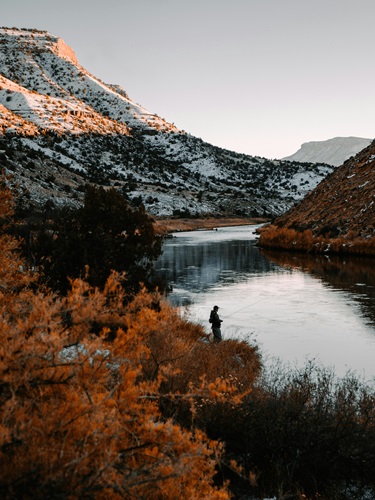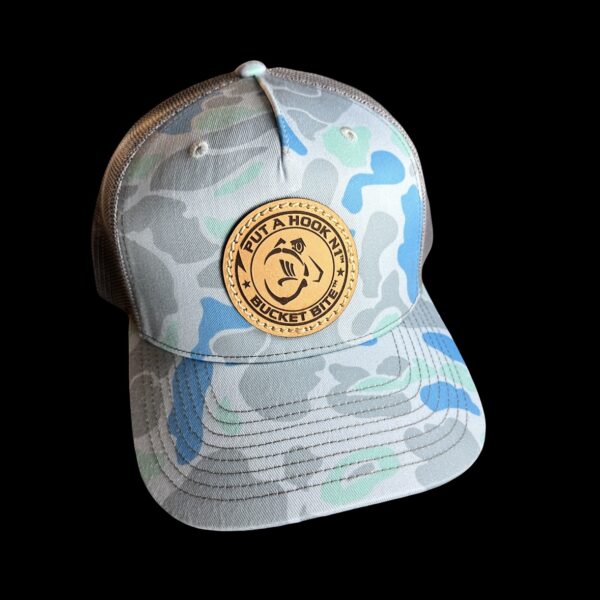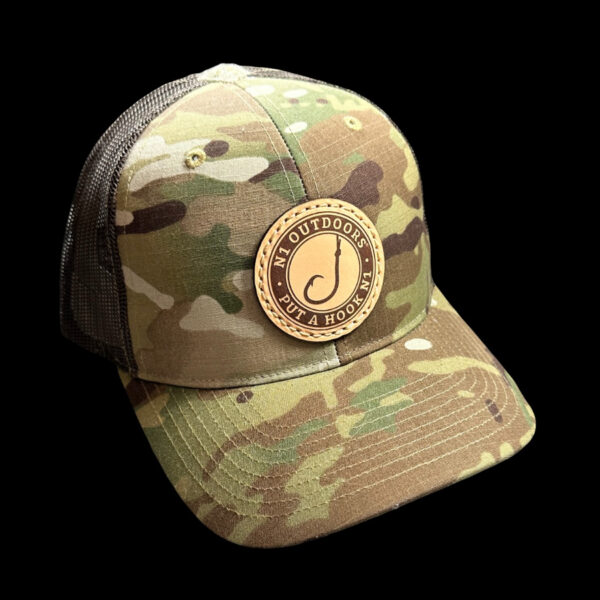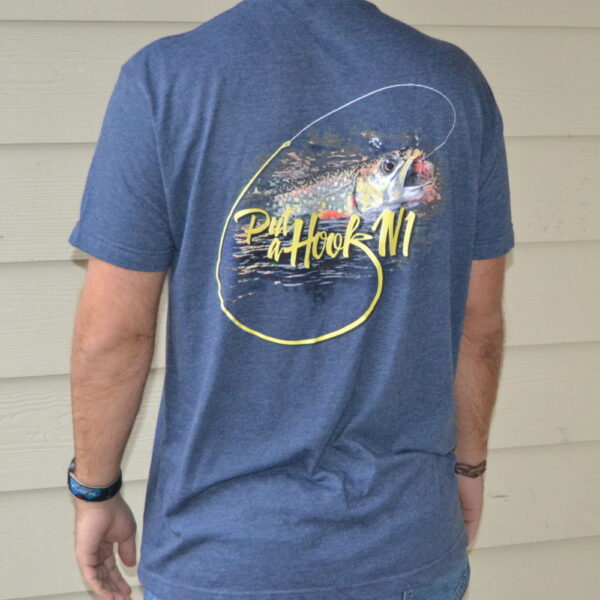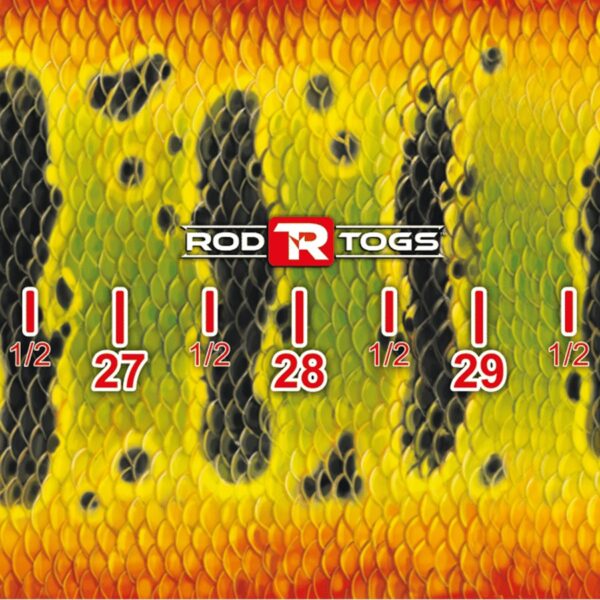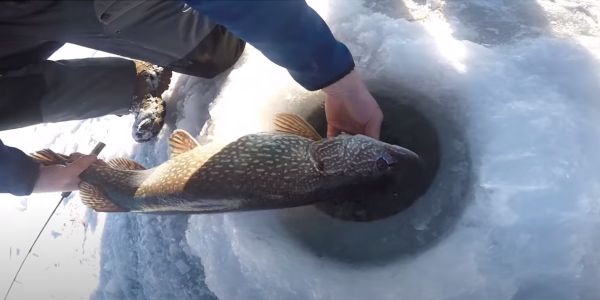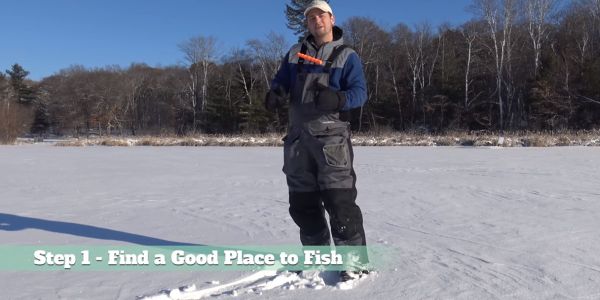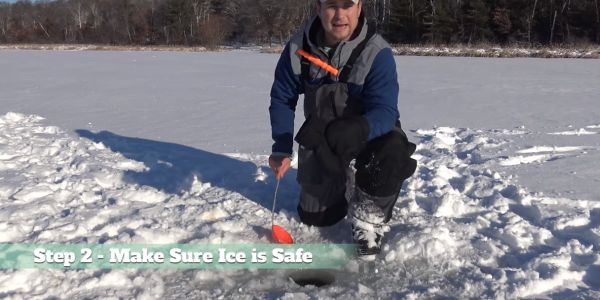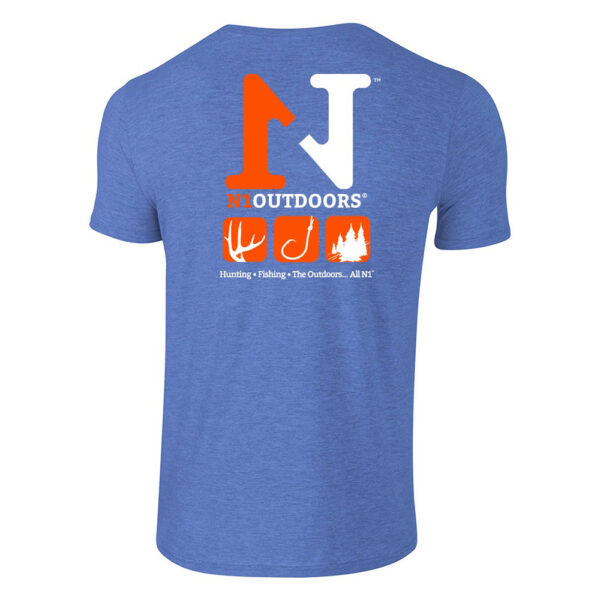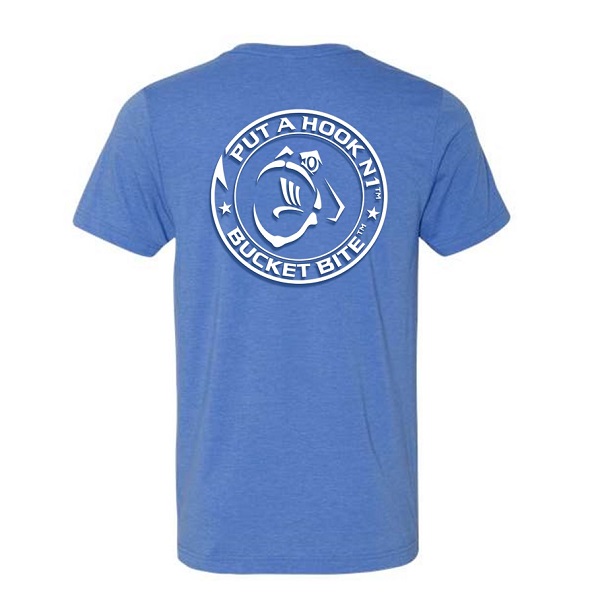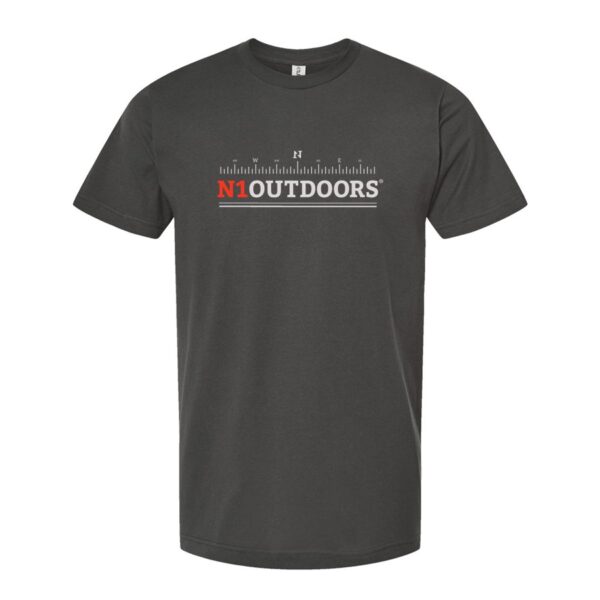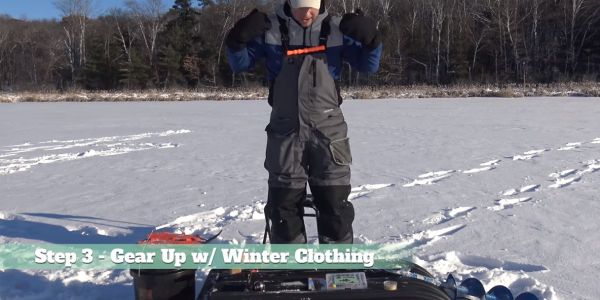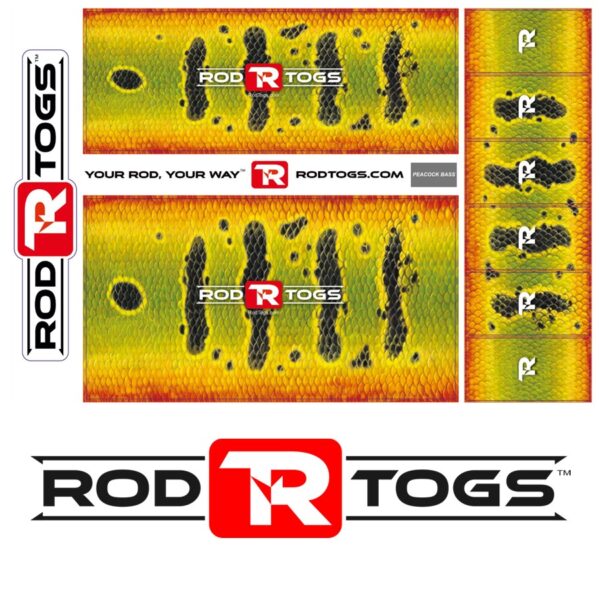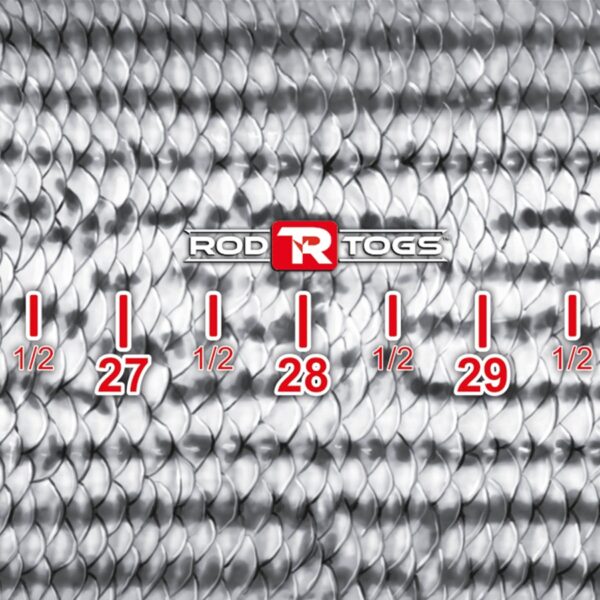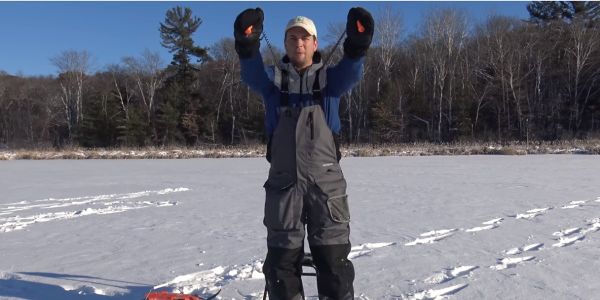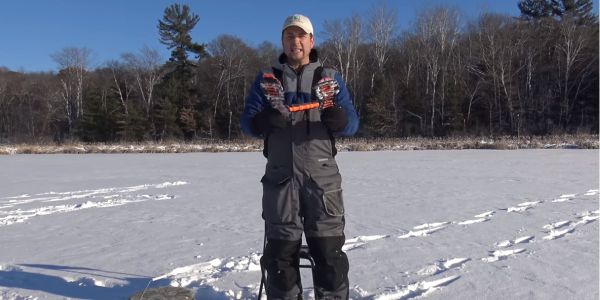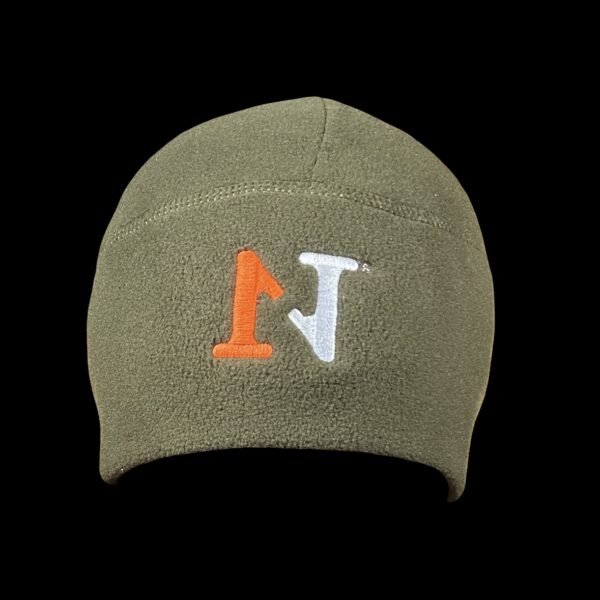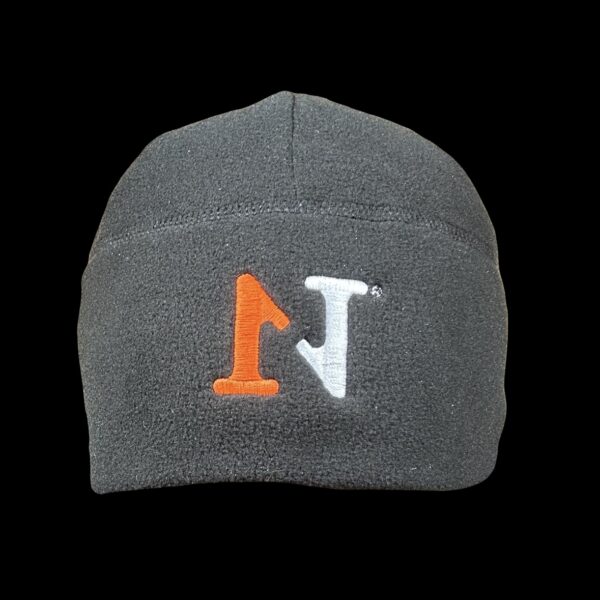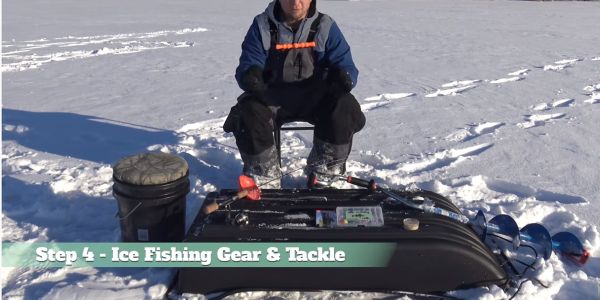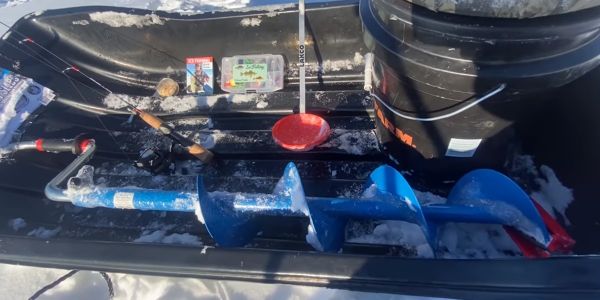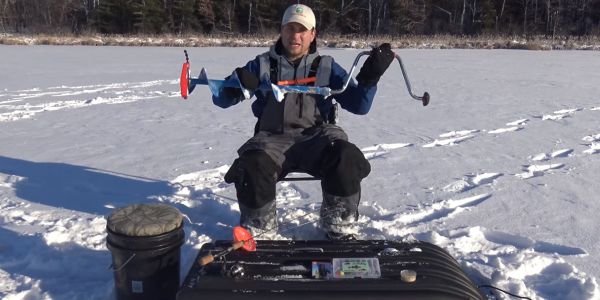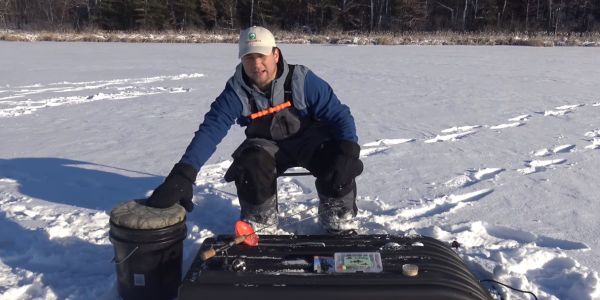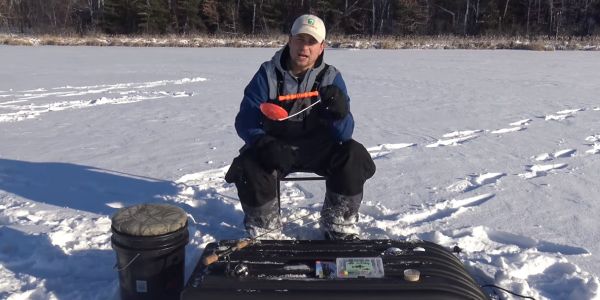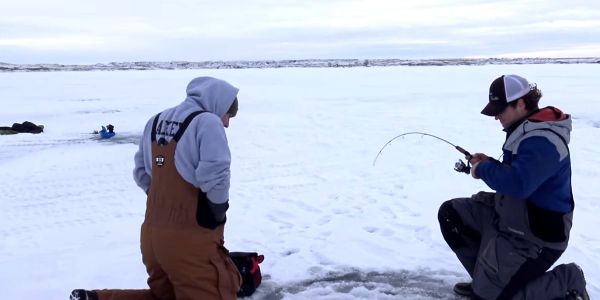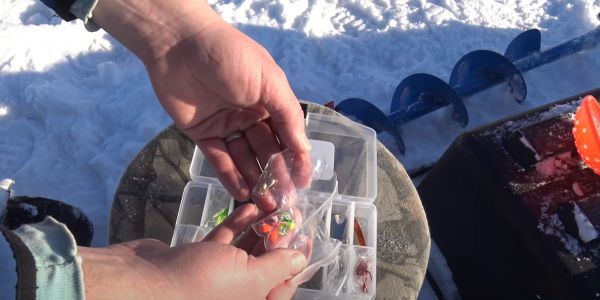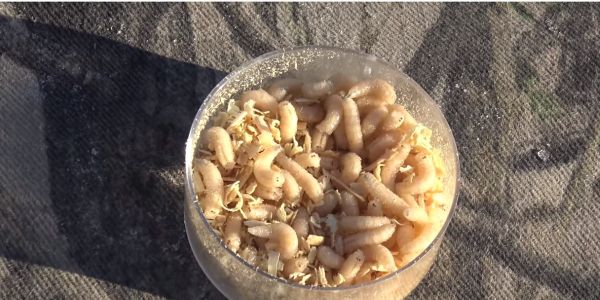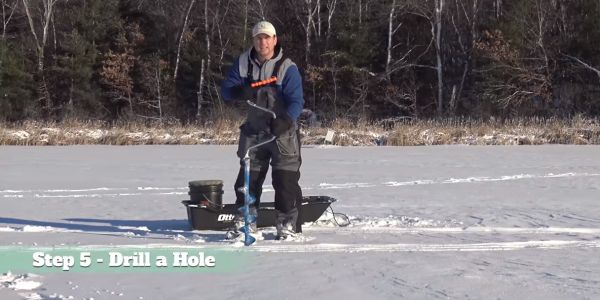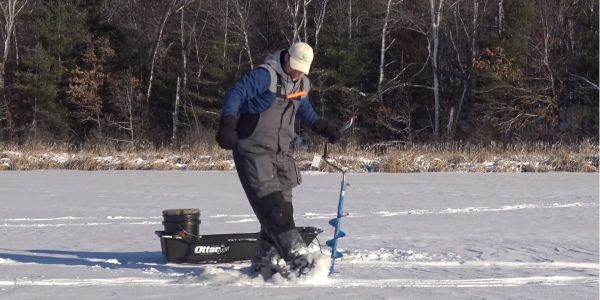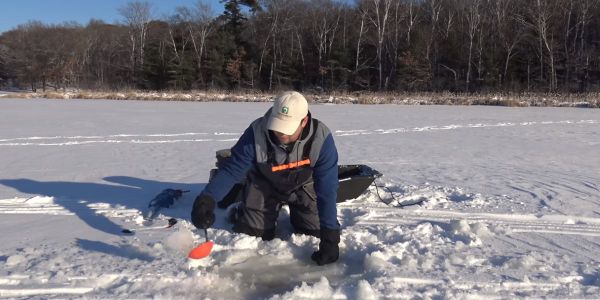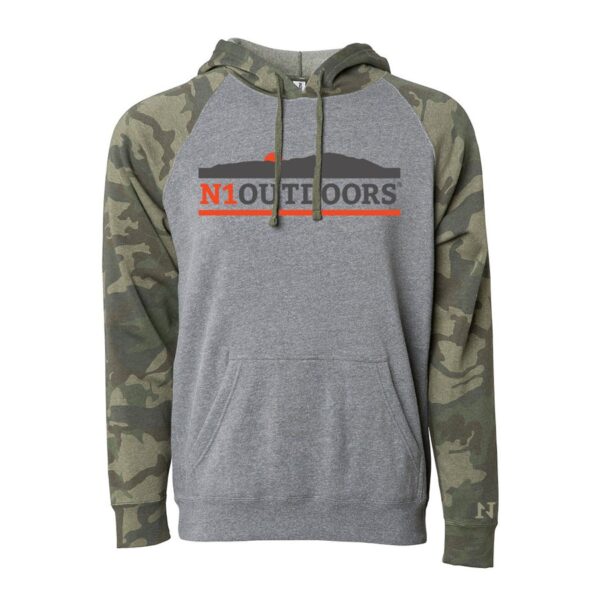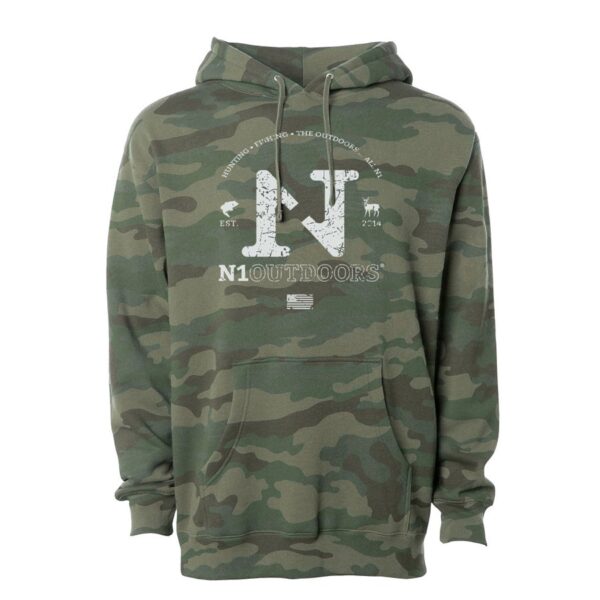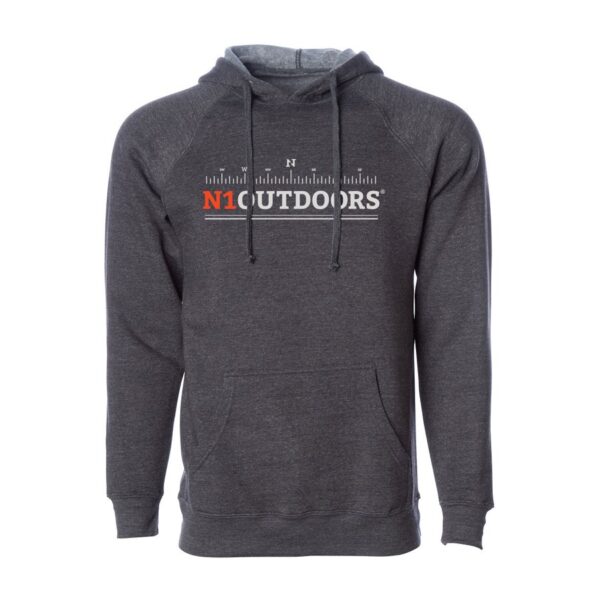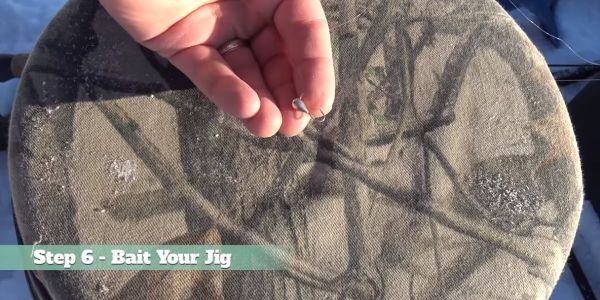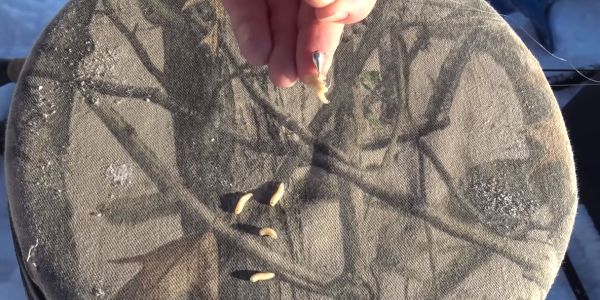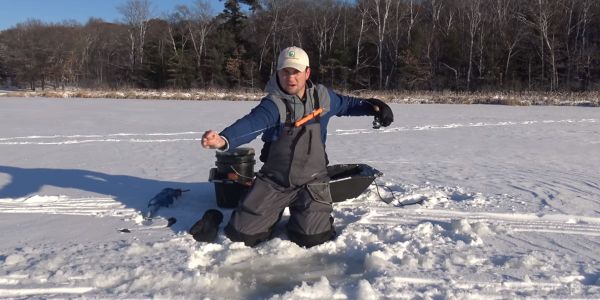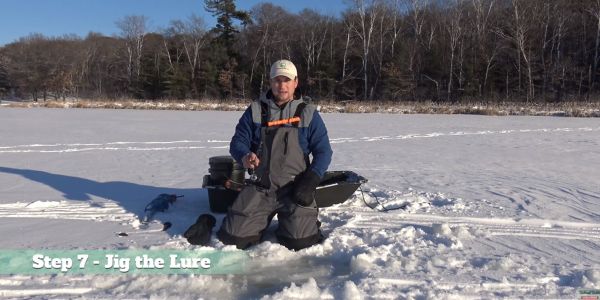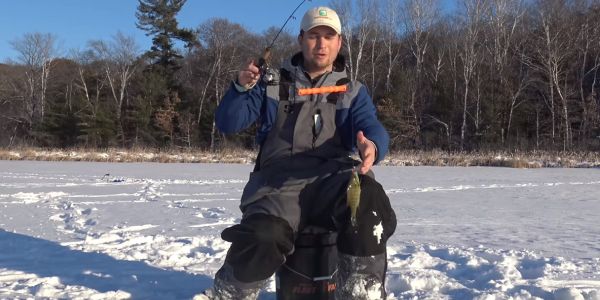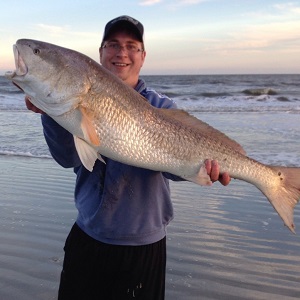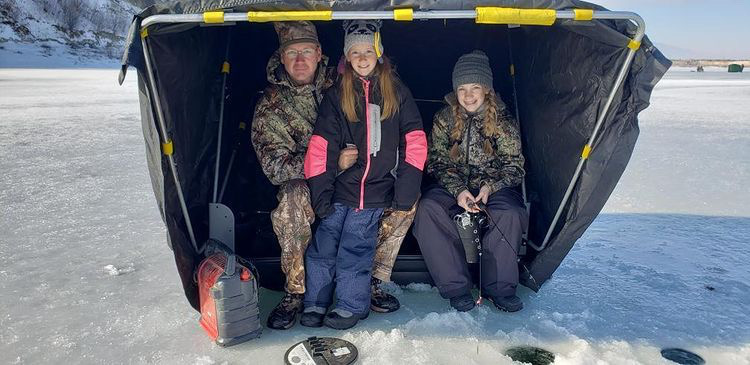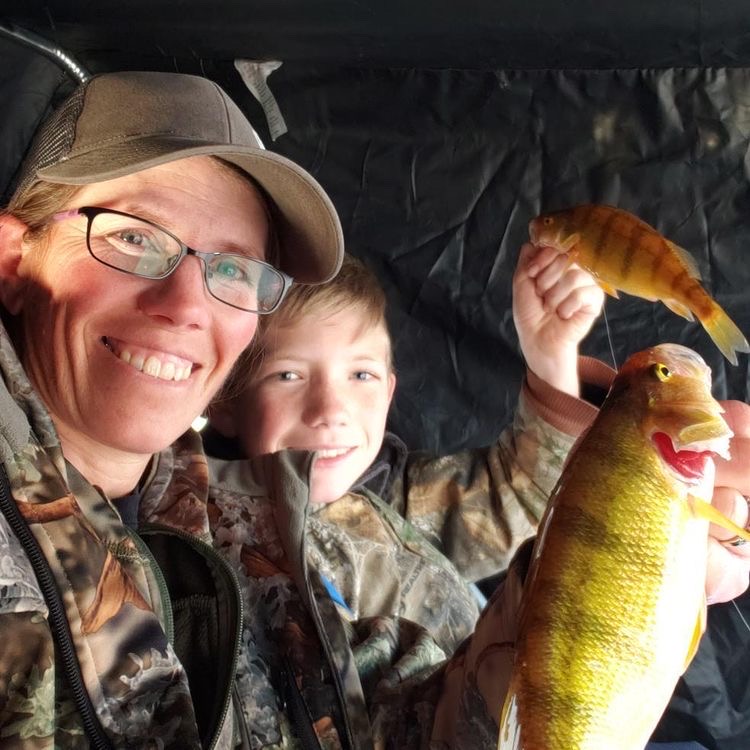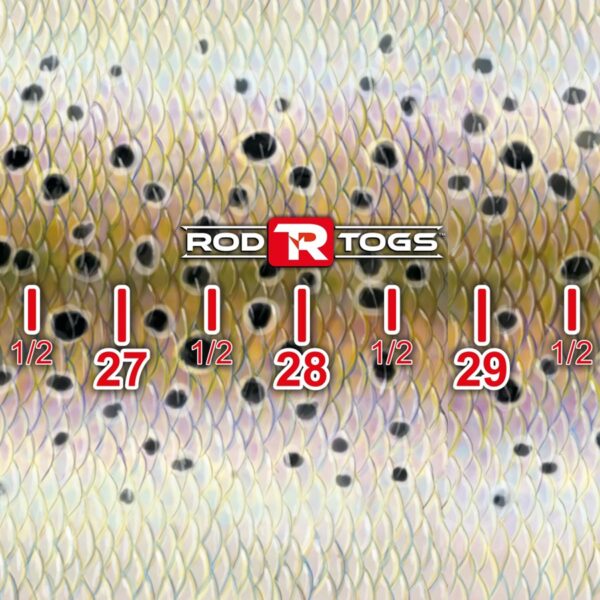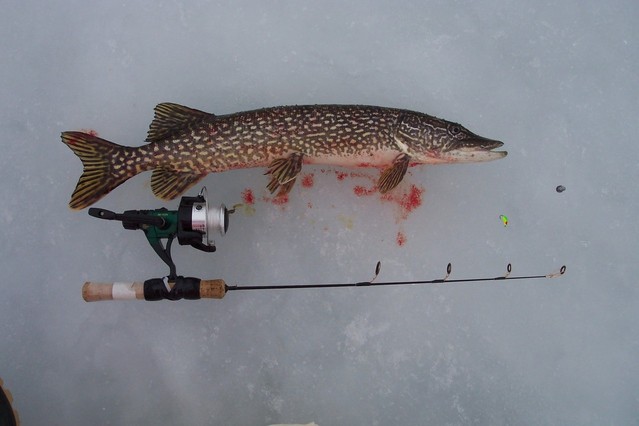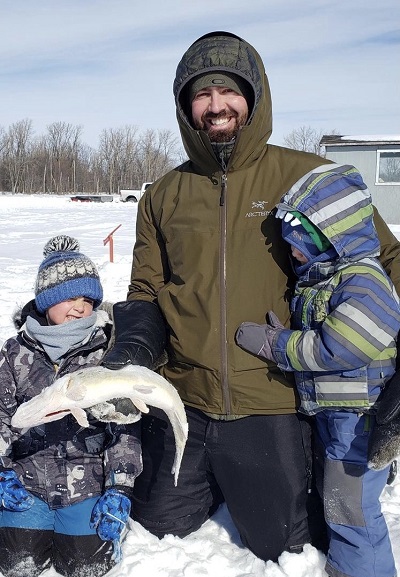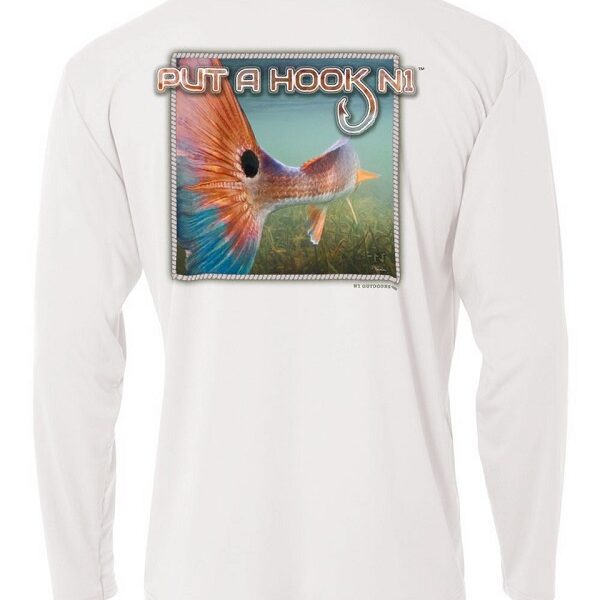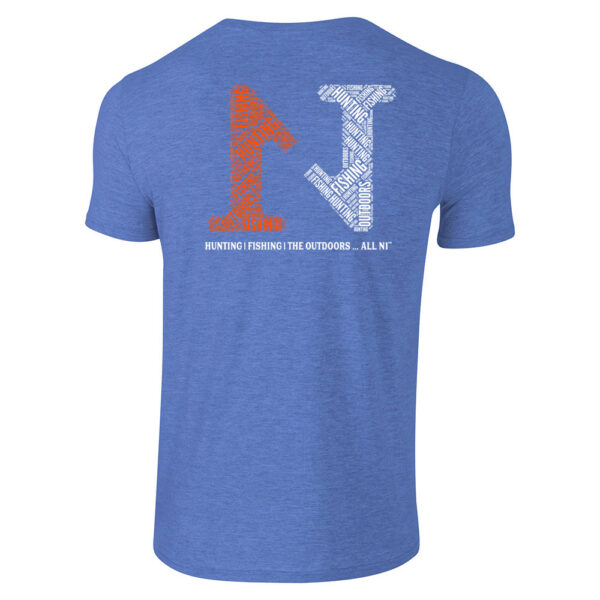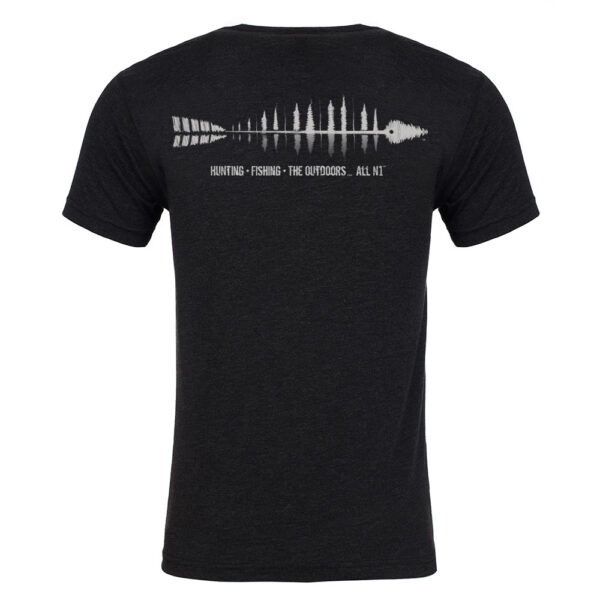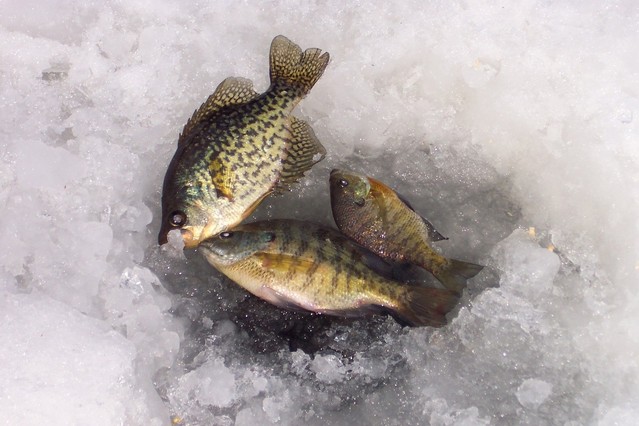Outdoor sports gained immense popularity amid the COVID pandemic when sporting venues were closed and people were apprehensive about crowded spaces.
Of course, even before the virus hit the world, Americans were keen on outdoor activities.
Fishing is among the hottest favorites, with 54.5 million Americans flocking to the nation’s waterways in 2022 alone. This number was nearly two million more than the previous year, and one of the highest participation rates in over a decade.
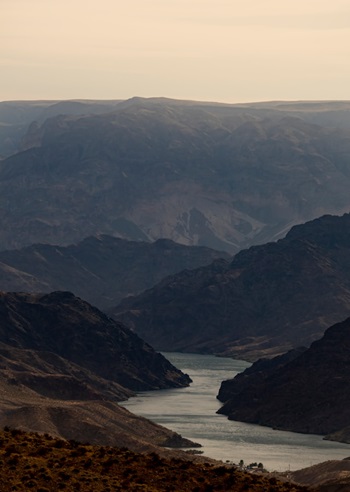
The 1,450 mile-long Colorado River is another must-have on your fishing itinerary. If you are in the state, you can explore much more, from DIY activities in Southwest Colorado to family activities in Ridgeway, Telluride, Montrose, and Grand Junction.
When it comes to top fishing destinations, Americans are spoiled for choice. As an ardent angler, you can go fishing to Thousand Islands in New York, Lake Tahoe in California, Lake Austin in Texas, or the famous Florida Keys.
The best part is that the fishing in Colorado goes beyond the conventional seasons like Spring and Fall. You can try your luck with the rod and reel in the Colorado winter and go home with a big catch.
In this article, we will explain what makes Colorado a perfect winter destination for fishing enthusiasts.
Diverse Fishing Opportunities In Colorado
Colorado is heaven for outdoor lovers, offering a year-round opportunity to have fun amid nature.
The state boasts a diverse range of fishing opportunities even during winter. According to the recently released annual list of best ice fishing destinations in the US, Colorado is among the top names. The state’s remote 11 Mile Reservoir got a special mention in this context.
While July to October is the peak season for the San Miguel river fishing, you can also enjoy the winter experience here.
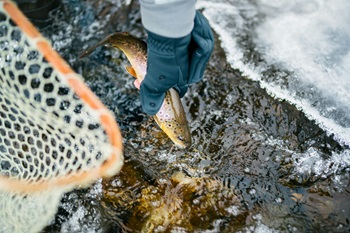
Surprisingly, winter isn’t a hibernation season for trout. They become active feeders due to the need to replenish their energy reserves. It means you may get hold of the hungry fish easily as they snap at flies.
According to RIGS Fly Shop & Guide Service, guided fly fishing is the best option for anglers looking to explore Colorado in winter.
A seasoned guide can help you explore popular destinations such as Blue Mesa Reservoir, Steamboat Lake, and more. They may also share valuable tips to reel in a big catch from the icy waters.
Crystal Clear Waters
Colorado’s rivers and streams feature crystal clear waters in winters, making it easy for anglers to maximize their catch. Enhanced visibility is an added advantage as it enables you to identify fish-holding spots and track your fly’s path through the rapid current. You will also witness the beauty of the underwater world.
You may worry about the chill of the icy water, but Colorado’s vast network of tailwaters addresses the concern. Tailwaters are the rivers below dams releasing controlled flows. They maintain consistent temperatures, regardless of the winter chill. It prevents ice formation and ensures abundant fishing opportunities even during the coldest months.
Scenic Winter Landscapes
Besides experiencing the thrill of guided fly fishing in Colorado during winter, anglers can relish the unmatched scenic beauty of its landscapes. Winter brings heavy snowfall in the state, blanketing the landscapes in snow and enhancing the allure of fishing expeditions.
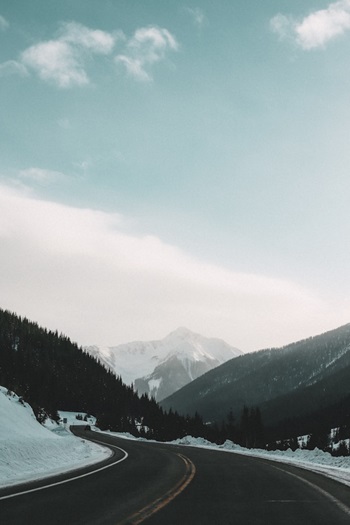
Winter fishing in Colorado can be spectacular… just like the views!
Fishing enthusiasts can witness the panoramic views of snow-capped mountains, serene forests, and frozen waterways. The tranquility of Colorado’s scenery takes the fishing experience a notch higher. You need not worry about wading through crowds, with fewer adventure lovers battling for prime fishing spots.
Trophy Fish Potential In Colorado
With the competition being less intense, you have a better chance of landing a trophy-sized catch during a winter fishing expedition in Colorado. The trout population has focused feeding patterns and heightened aggressiveness at this time of the year. It enhances the probability of encountering a big one lazily patrolling a sun-dappled stretch or lurking in a deep run.
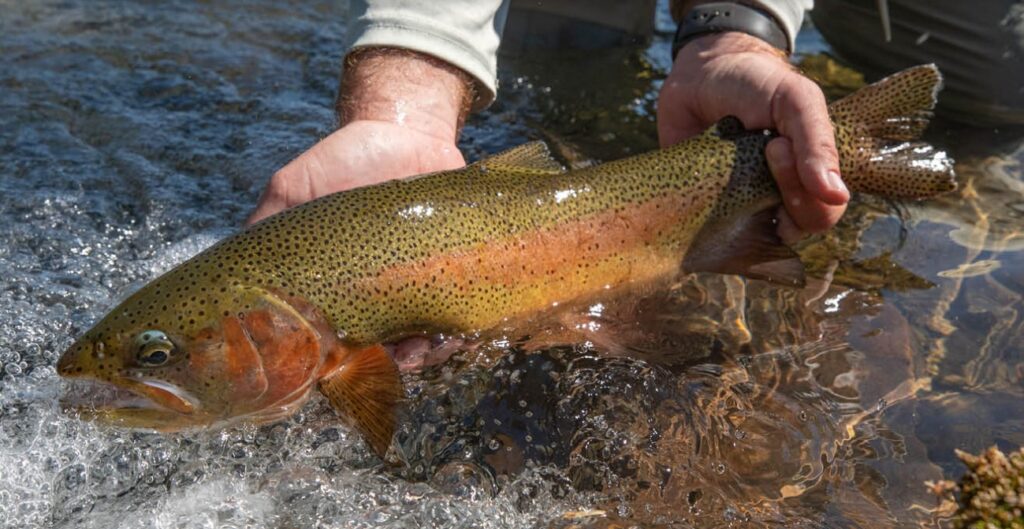
Competition for trophy fish is less during Winter, which means it can be a great time to land one!
All you have to do is be in the right place at the right time, prepare your gear, and master your techniques.
Besides the pride of grabbing a big catch, you feel good about standing against the elements with courage and resilience. The thrill of drilling through thick ice and setting up portable ice shelters creates memorable moments.
-
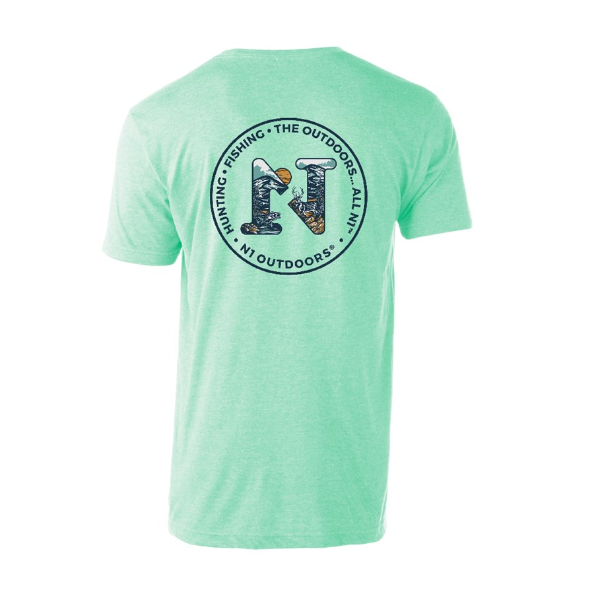
The “Outdoors All N1™” Hand Illustration Tee
Price range: $24.99 through $28.99 Select options This product has multiple variants. The options may be chosen on the product page -

N1 Outdoors® Est. 2014 TriBlock Bottomland Camo Performance UPF 50+ Shirt
Price range: $37.99 through $39.99 Select options This product has multiple variants. The options may be chosen on the product page -
Sale!
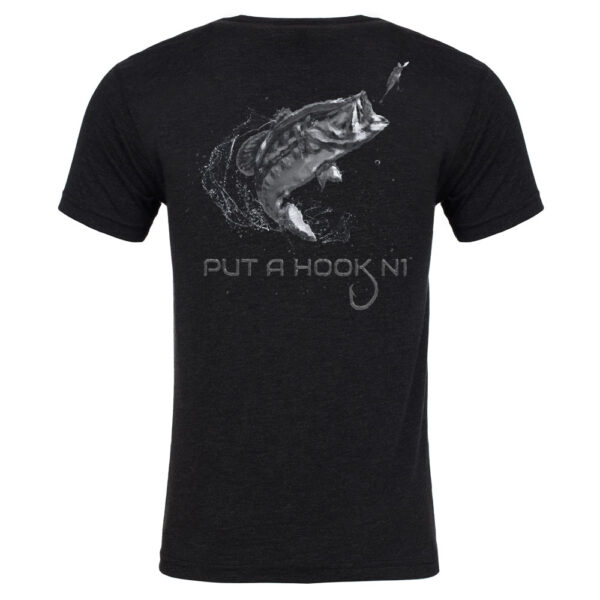
Put A Hook N1™ Hydroglyphic™ Bass Fishing Tshirt
$5.00 Select options This product has multiple variants. The options may be chosen on the product page
Final Thoughts On Colorado Winter Fishing
In conclusion, Colorado makes an excellent winter fishing destination, combining diverse fishing opportunities with scenic landscapes and unique winter experiences.
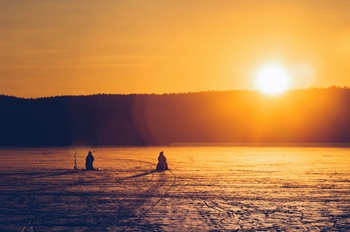
The Colorado winter is cold, but it also provides some of the best Winter fishing in the U.S.!
You will love every moment here, from casting lines in frozen lakes to digging deep into ice-covered reservoirs. A fishing expedition at Colorado’s winter wonderland promises an unforgettable adventure.
So, stay warm and Happy fishing!

